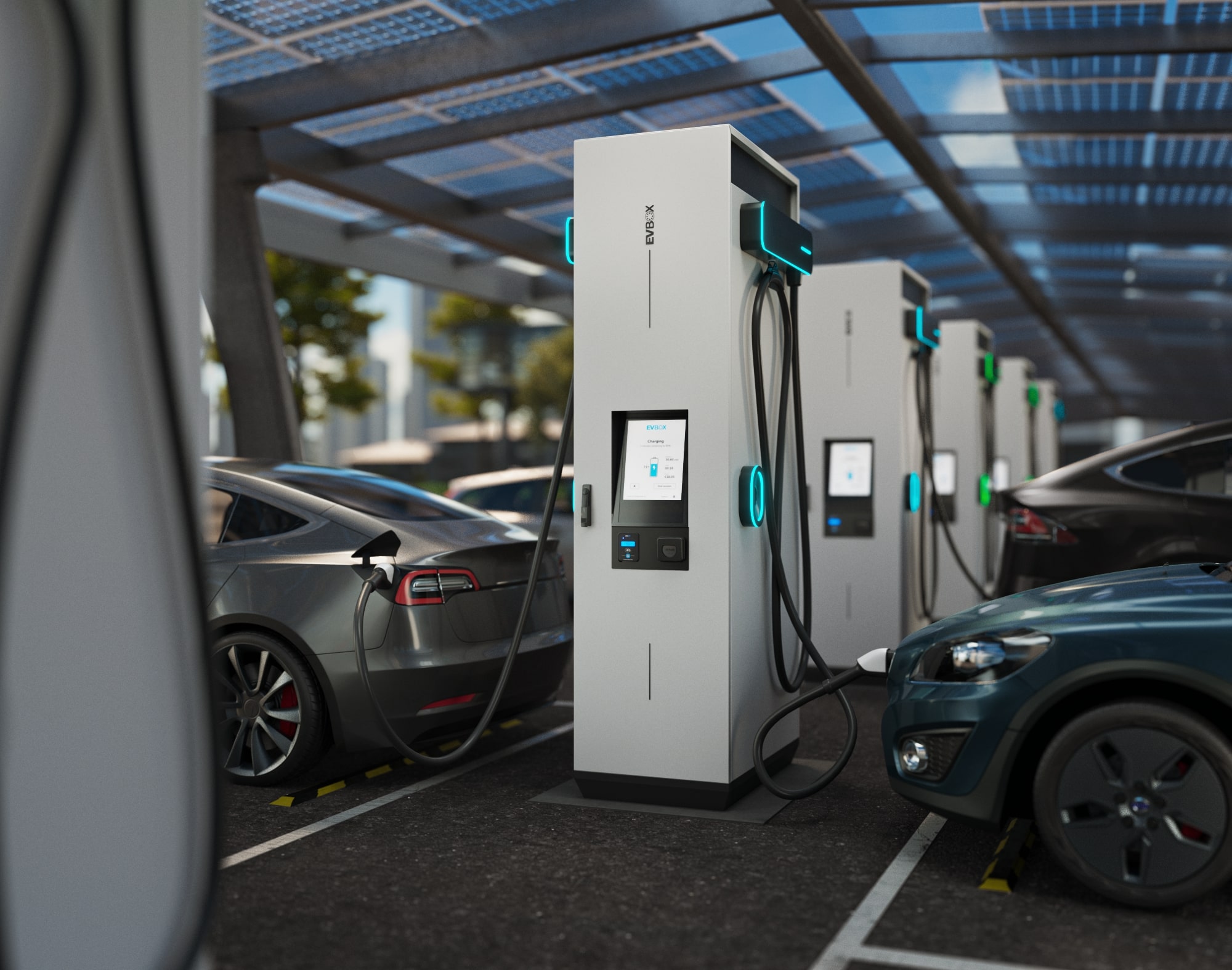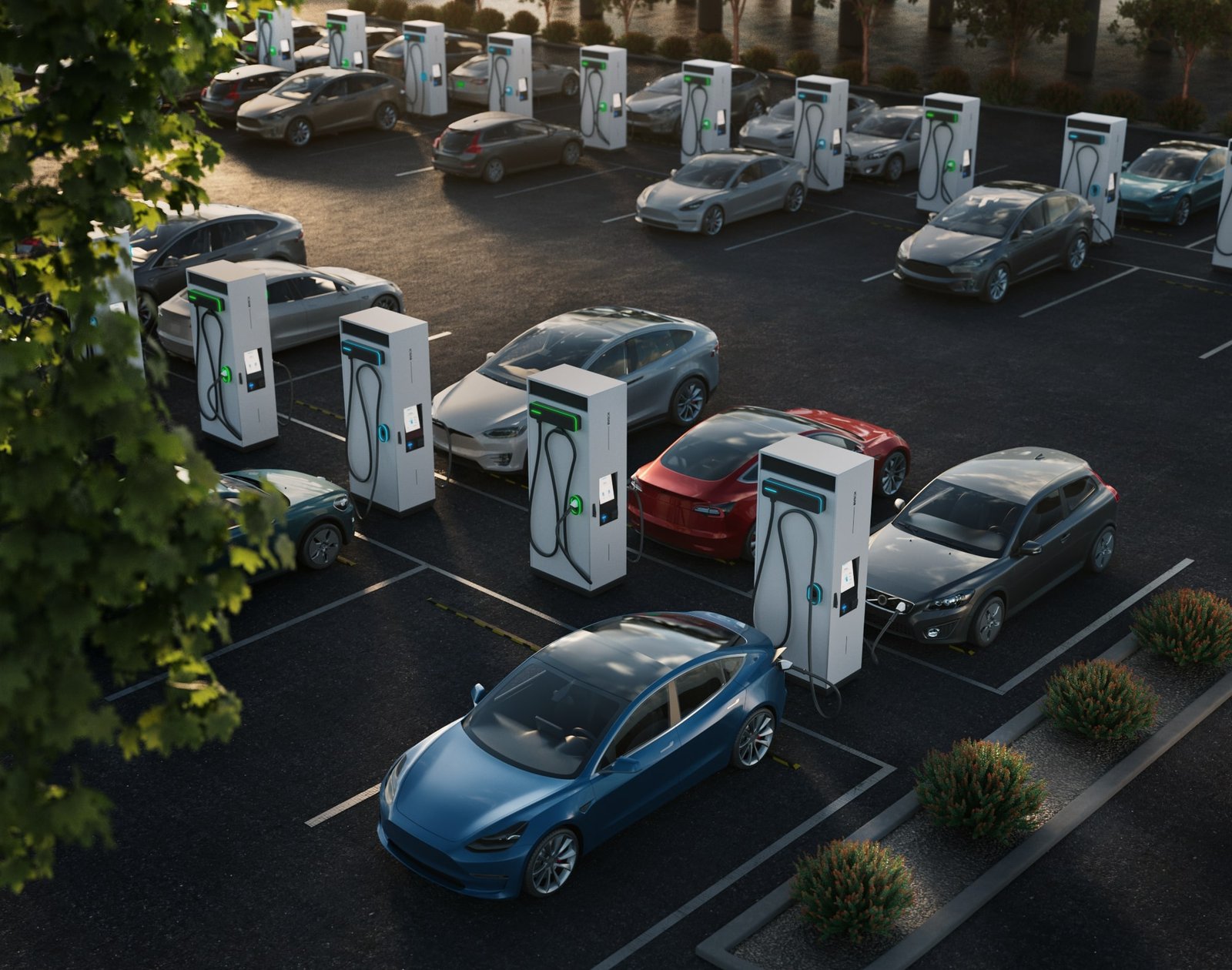
Last updated 07-08-2023
By investing in DC fast charging stations, your business can have a completely new way to attract customers, generate revenue from charging sessions, or create unique cross-selling opportunities.
But before investing, it’s good to get a better understanding of what this charging technology does, how it works, and not completely irrelevant: What it costs.
In a nutshell, DC (direct current) fast charging is a technology that allows electric vehicles (EVs) to charge their batteries at a much higher rate compared to AC (alternating current) charging, allowing for much shorter charging times which has been the Achilles heel of the industry and one of the main blockers of EV adoption.
While the upfront cost of DC charging infrastructure is considerably higher and installation can get a lot more complicated, the need for fast charging infrastructure has never been higher and current projections indicate that the demand for DC fast charging infrastructure will surge even further in the coming decade.
Today, EV drivers are already willing to pay extra for public EV charging, especially when it is fast. DC fast charging could be just the business opportunity you’ve been waiting for.
As part of our DC charging basics for business blog series, this article will cover all the basics for you to get acquainted with DC charging.
Table of contents
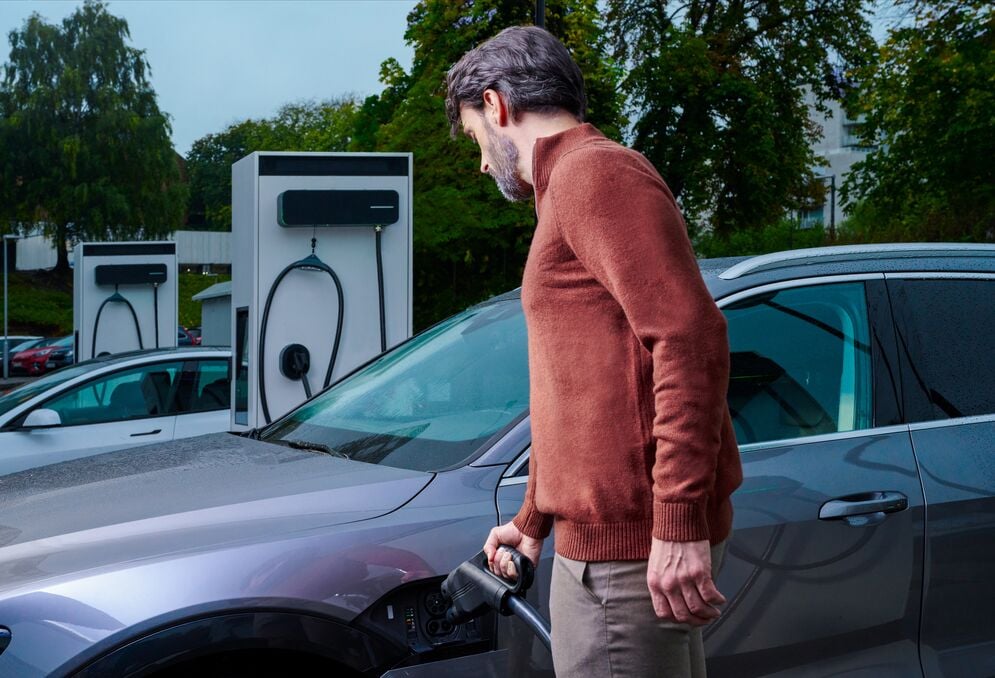
DC fast charger: A rapidly evolving business case
Refueling a car used to be an activity exclusively experienced at gas stations. With EVs, drivers can now (theoretically) charge their cars wherever they park, opening a new and innovative opportunity for many businesses to tap into.
With EV sales rising, range anxiety has become a significant barrier to widespread adoption. This fear of being stranded with a depleted battery has deterred many potential EV owners. However, the introduction of strategically located public fast chargers would address this head-on.
As the electric vehicle (EV) industry continues to gain momentum, businesses are presented with a unique opportunity to tap into the rapidly growing fast EV charging market, and many are looking into investing in fast charging (DC) solutions.
Let’s look at the technical side of things and get a better understanding of DC charging technology.
What is DC fast charging?
DC fast charging is also known as Level 3 charging and is the fastest and most powerful EV charging option available. DC chargers can deliver between 50 kW and 400 kW and can add between 173 miles (278 kilometers) and 298 miles (480 kilometers) of range in just one hour (depending on the maximum DC power output and the vehicle’s battery and charging specifications).
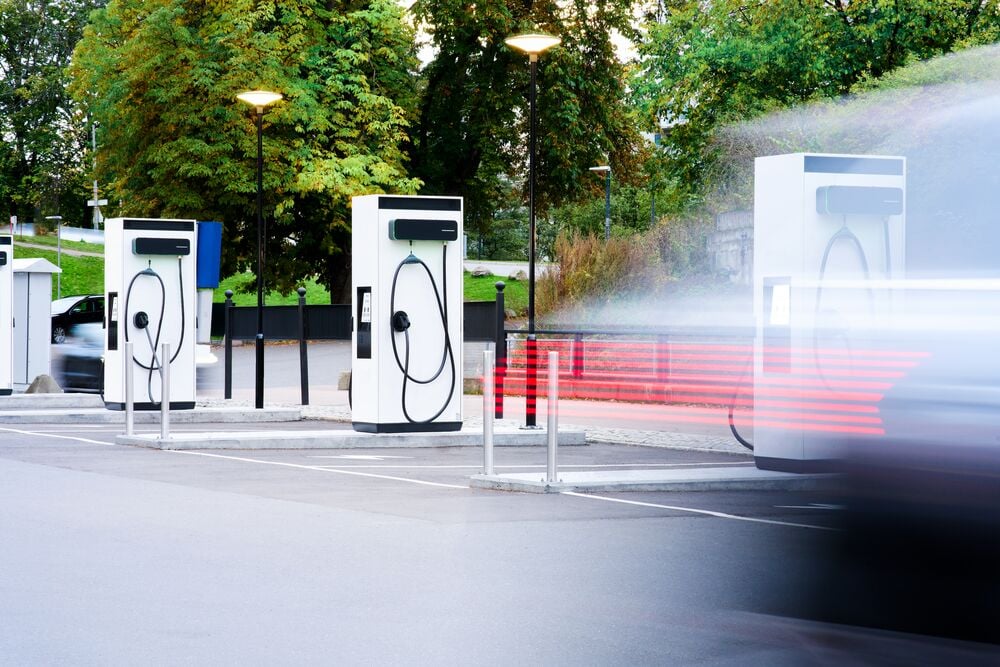
DC (direct current) charging delivers significantly faster charging times compared to much slower AC (Alternating Current) charging.
To put it in perspective:
- When using a DC fast-charging station, the average time it takes to charge a medium-sized electric car lies somewhere between 17 and 52 min.
- When using an AC charging station, the average time it takes to charge a medium-sized electric car lies somewhere between 1 hour and 45 min and 6 hours.
From that quick comparison alone, you can see which method will probably be more appealing to your customers. But how can this difference be so significant?
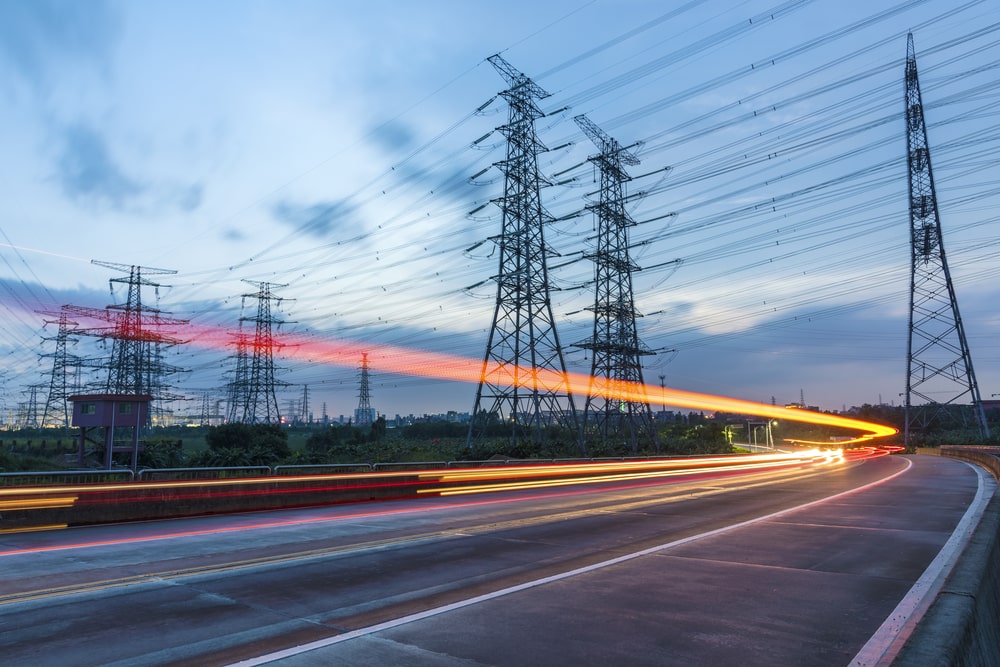
Why is DC charging faster than AC?
Without getting too technical, EV batteries –or any other battery for that matter– can only store DC (Direct Current) and the grid only delivers AC (alternating current).
Therefore, in any case, AC needs to be converted into a DC for a battery to be able to store the energy. The reason for much faster DC charging speeds has to do with where this conversion from AC to DC takes place. Where AC charging relies on onboard converters in vehicles, DC fast charging stations convert AC to DC within the unit itself before the power is fed to the vehicle.
You can read a lot more about the differences between AC and DC here
How much does a DC charging station cost?
Compared to commercial AC charging stations, DC fast chargers are in a different league and require a significant investment. How much the upfront costs will be exactly, are dependent on a range of factors that include the maximum power output you want the station to have, your site’s location, and the complexity of installation.

However, to give you a ballpark number, on average, a DC charging station will cost approximately €50,000 per station, and this doesn't include the installation cost which is usually between 30-50% of the total upfront costs.
DC Charging Station Architecture
When it comes to DC charging stations, you’ll want to know exactly how big or small your new station’s footprint is. In reality, it may actually have two feet.
Broadly speaking, there are two types of DC charging station architecture: standalone and split.

Understanding the distinctions between these two architectures is key for business owners to identify the most appropriate system for their site.
Standalone DC charging stations
A DC standalone charging station comprises a single unit incorporating the necessary electronics, converters, and user interface for fast charging. In essence, it operates independently as a self-contained unit with everything that is required to DC charge a vehicle once it is installed.
These charging stations are capable of delivering a high-power output, typically ranging from 50 kW to 400 kW, depending on the specific model and technology. Standalone units are ideally suited for those who wish to fit a fully integrated system in a remarkably small footprint.
Split DC charging stations
Split chargers are an alternative style of rapid DC charging stations. They are comprised of two key components: the user unit and the power unit.
The user unit
The user unit is the charging point that the customer will interact with. This will often look like a typical EV charging station, where most customers won’t actually be aware that it is part of a more extensive system as they will interact with it as they would with any other changing station.
The power unit
The separately installed power source for the charging unit is often located inside a nearby building. It performs all of the electrical mediation away from the consumer allowing for greater flexibility when it comes to installing or repositioning the charging points. However, split charging stations will have a bigger footprint, however, the power output can go up to 600 kW.

Standalone VS. split DC charging stations
Now that you understand what each architecture type is, you might be wondering which one suits your business needs best. The answer to this question depends on a range of factors and the needs and wishes of your business. However, to give you a ballpark idea, here’s a brief overview of typical use cases per DC charging architecture.
Standalone DC charging station use case
Standalone DC charging stations can deliver high power outputs per connector and are typically seen at on-the-go locations such as fuel retail locations or Charging network operator hubs along the highway.
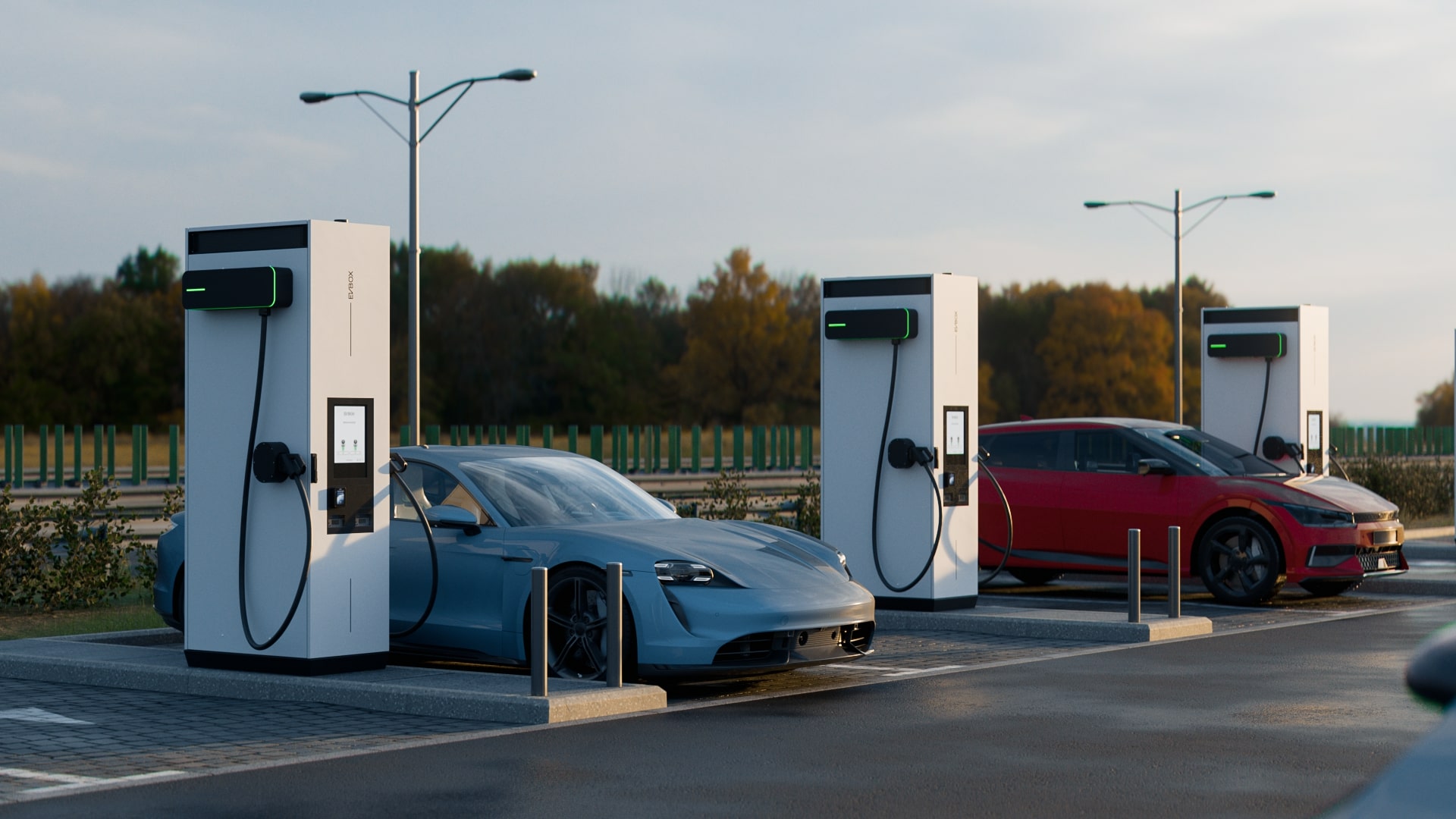
Generally speaking, standalone DC charging architecture requires less cabling and installation is less complex. Additionally, it optimizes (preventive) maintenance needs, as each station is connected separately.
Split architecture DC charging station use case
Split architecture DC charging stations are more often seen at commercial, parking, or hospitality locations where there is a need for more connectors on a single location and flexibility when it comes to relocating the charging stations.
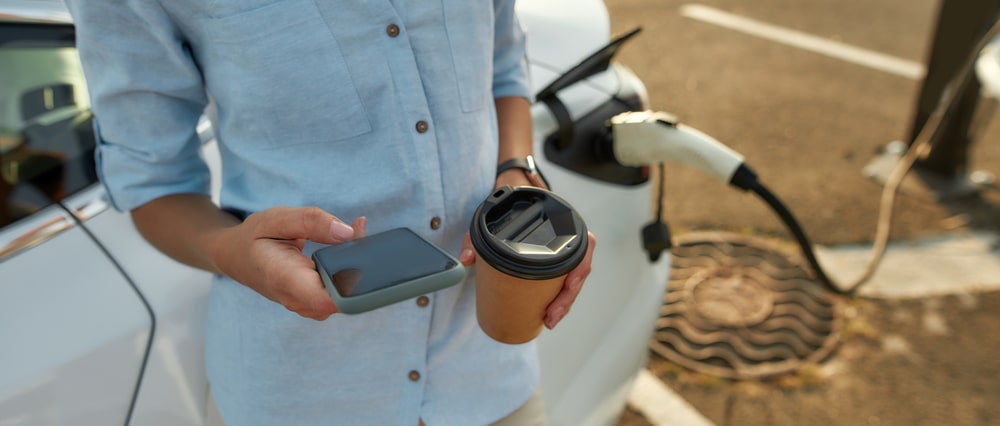
But all that additional power and increased flexibility comes at a downside though, and not just a bigger footprint. Split architecture DC charging solutions typically require more cabling, have a more complex installation process, and generally come with a higher need for and less ideal (preventive) maintenance. In the case of installation –or (preventive) maintenance– it is required to shut down the whole site as opposed to just a single station that needs servicing.
DC charging cable
DC stations always come equipped with their own integrated charging cables and for a very good reason. However, it's a common misconception that the thicker cables are purely for safety reasons, this is not the case (other parts in the station ensure safety).
The –often thicker– dry cables are designed to avoid derating (when a system or component is operating below its normal operating limit). This way, the maximum amount of power can be delivered efficiently no matter the circumstances. Some cables even have active cooling to be able to optimally handle the high power flowing through the cable.
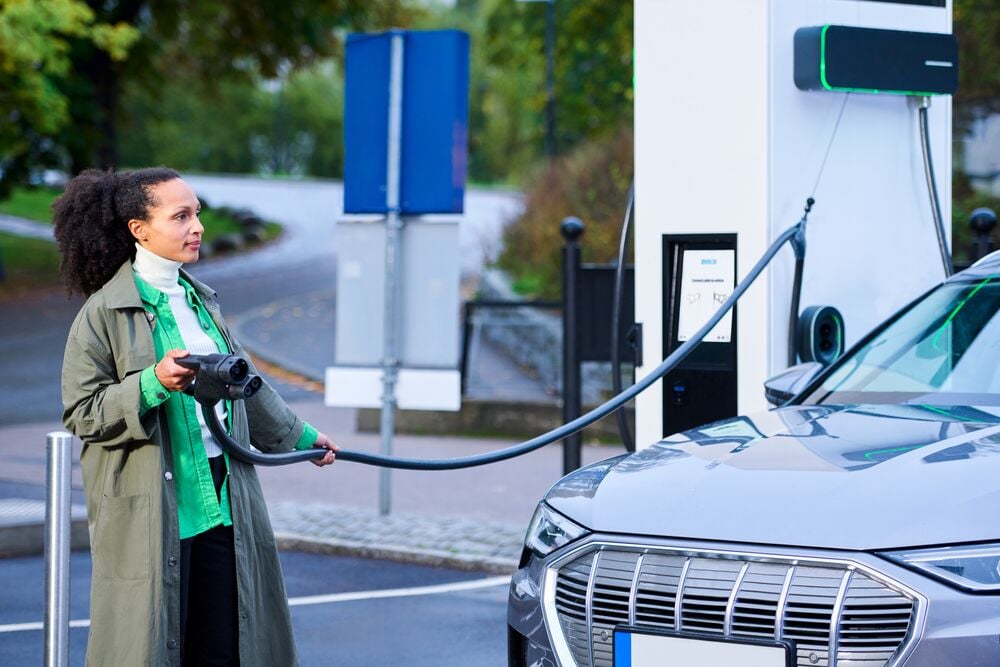
Maximum power output is not always what’s delivered
This is an often-overlooked fact. If a DC charging station has a maximum power output of 300 kW, this doesn’t mean the car will receive 300 kW. An EV will only take the maximum amount of power it can safely receive, no matter how much your charging station can offer.
Nearly all modern electric vehicles (EVs) are compatible with DC charging, but the power capacity they can handle varies significantly based on their battery capabilities. While certain batteries can handle as much as 350 kW, others are limited to accepting only 50 kW. It's important to note that there are a few vehicles, like the Smart EQ Fortwo, equipped with smaller or older batteries that are not suitable for DC charging.
For example, a Tesla Model 3, has a maximum DC charging capacity of 250 kW so when charging at a 300 kW charging station it will only be able to receive 250 kW.
Simultaneous charging affects the maximum output
Another often-overlooked fact. The maximum power output refers to the entire station, not individual charging points. So, if we take a 240 kW DC charger and plug in not one but two Tesla Model 3’s at the same time, both cars will only be able to receive 120 kW at the same time.
DC connector
EV DC, fast charging connectors, allow electric vehicles (EVs) to charge rapidly. These connectors come in various types globally but are all designed to handle rapid charging rates.
Compatible charging infrastructure, including charging stations with the right connectors, is essential for DC fast charging. These connections are vital for enhancing the usability and convenience of EVs, enabling long-distance travel, and minimizing charging time for drivers.
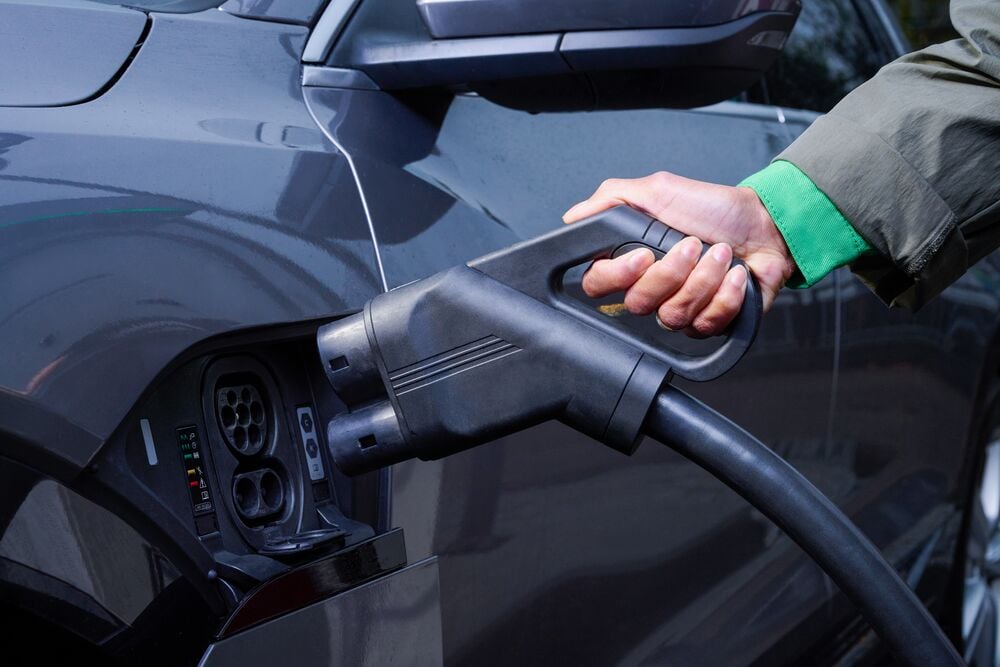
Common standards in various regions
DC fast charging connectors vary to accommodate different regions' electrical grids and common EV models.
EU and North America
In Europe and North America, the widely adopted Combined Charging System (CCS) connector combines AC and DC charging in one, allowing for flexible slow and fast charging. CCS connectors have two additional DC pins beneath the AC pins.
Europe uses the CCS2 variant while the US uses the CCS1 variant.
Tesla connector
Tesla employs its own Supercharger connector, explicitly designed for high-speed charging of Tesla vehicles. Adopting their unique design has meant that Tesla owners have had to ensure they are familiar with all of the necessary connection adapters if they want to charge at a non-Tesla charging station. Recently, Tesla has opened up its charging connector design and invited charging network operators and vehicle manufacturers in the US to put the Tesla charging connector and charge port, now called the North American Charging Standard (NACS), on their equipment and vehicles.
China
China's national standard for DC fast charging is the GB/T connector, resembling the Type 2 AC connector but with additional DC pins for high-power charging.
It's worth noting that some charging stations accommodate multiple connector types, providing flexibility for EV owners with different models and contributing to the global adoption of electric vehicles.
Japan
CHAdeMO, originating in Japan, features a distinctive "T" shape and works well with Japanese automakers like Nissan, Mitsubishi, and Subaru.
More detailed information about different charging cables and plugs can be found here
Discover our DC fast charging stations
We provide a range of DC charging stations as part of our end-to-end electric vehicle charging solutions for businesses around the world. For a complete list of tech specs and use cases, as well as more information, take a look at our portfolio of DC charging stations designed for every business looking to electrify its operation.
Related articles
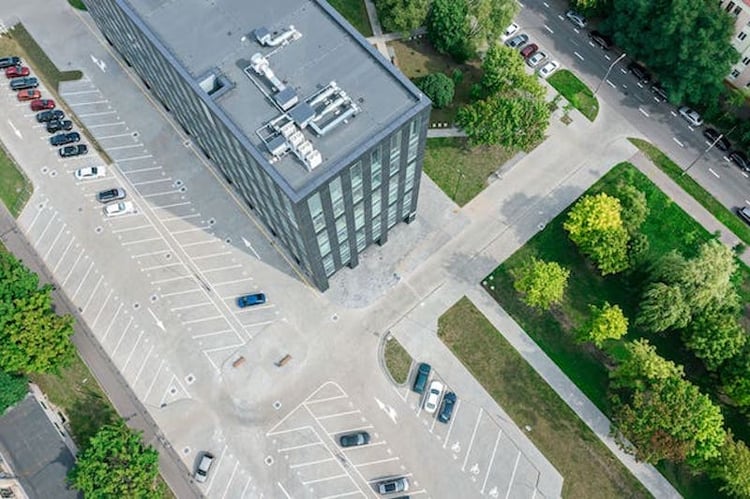
EV charging load management and the importance of cluster load balancing
Electric vehicle (EV) charging stations can add a substantial load onto your building’s power supply, often requiring...
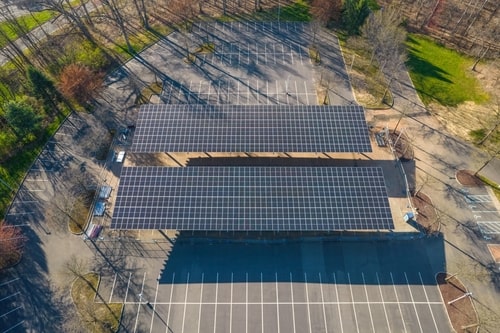
How to design a DC fast charging site
When thinking about installing DC fast charging stations on your site, careful consideration must be given to designing...
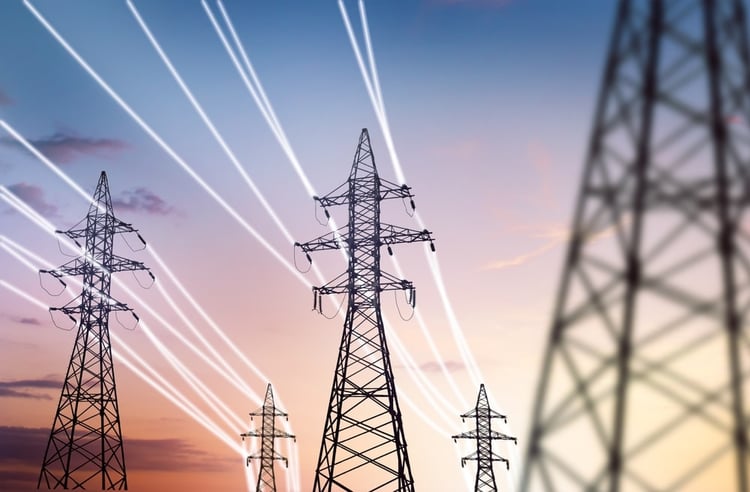
Grid connections for DC fast charging stations explained
The electrical grid is a large and established network delivering electricity from producers to consumers, and...
